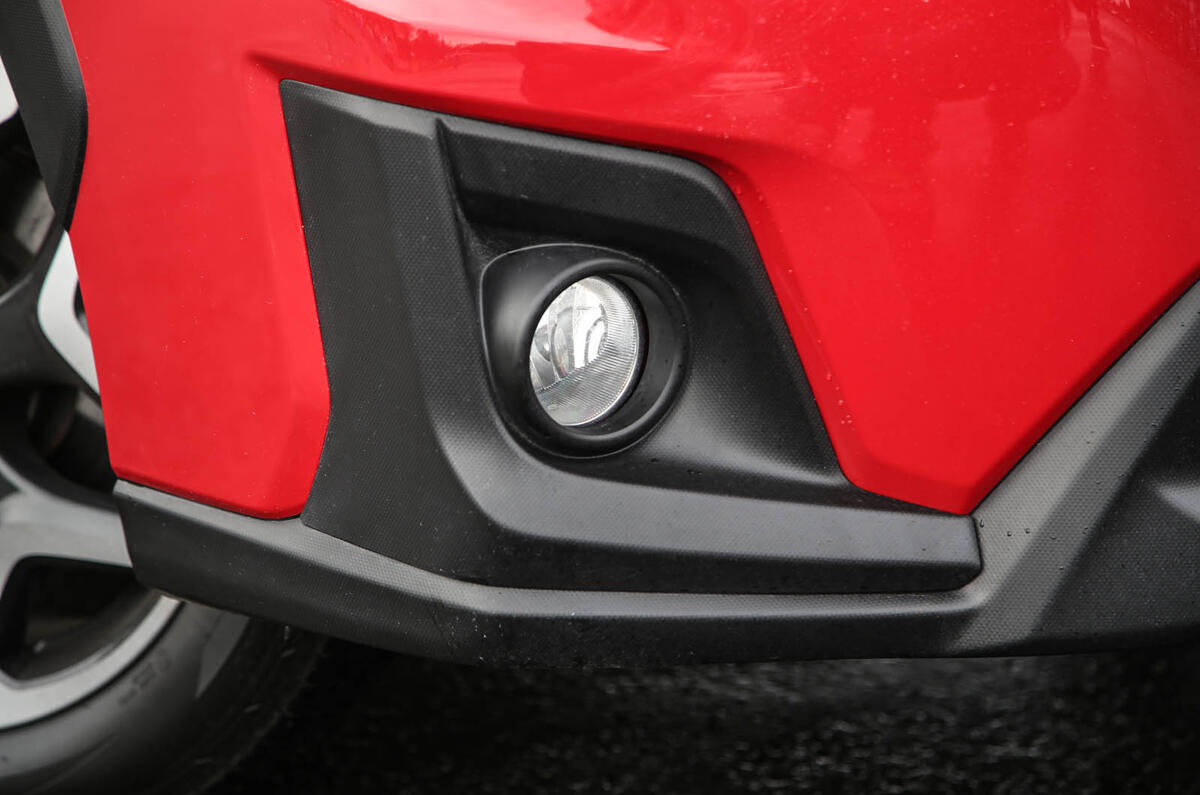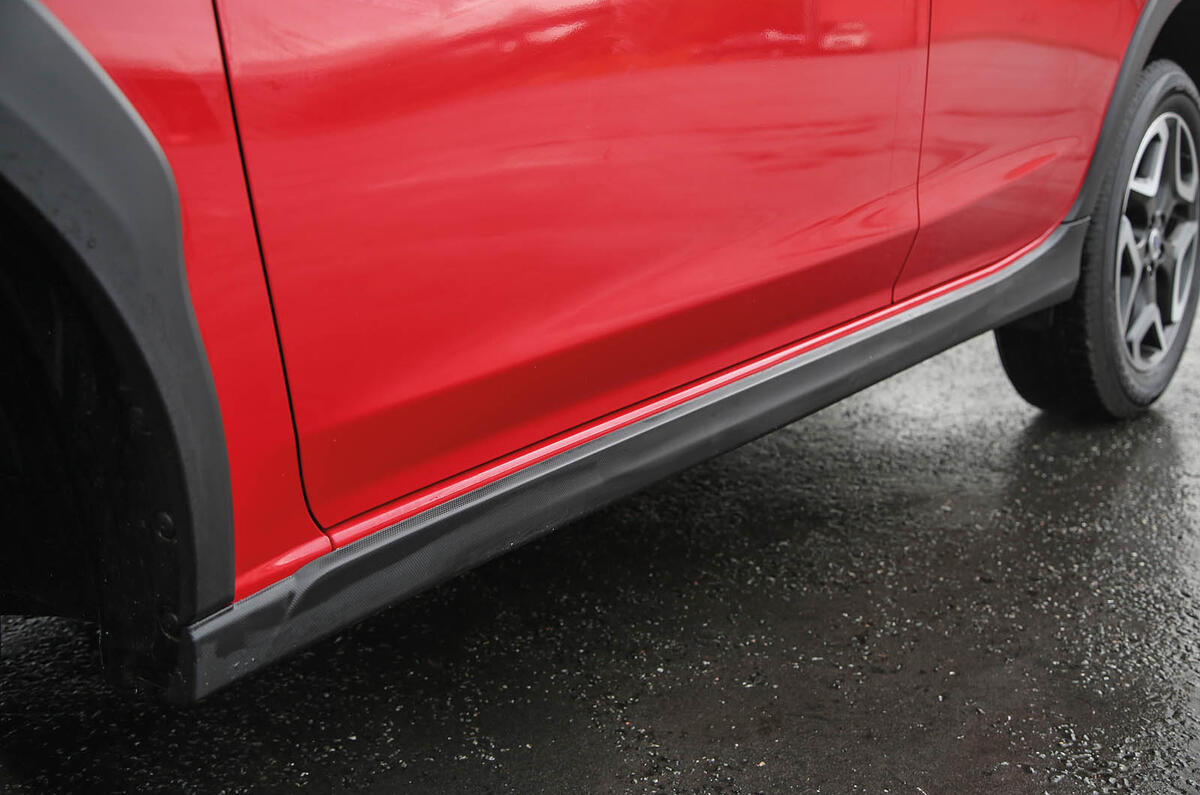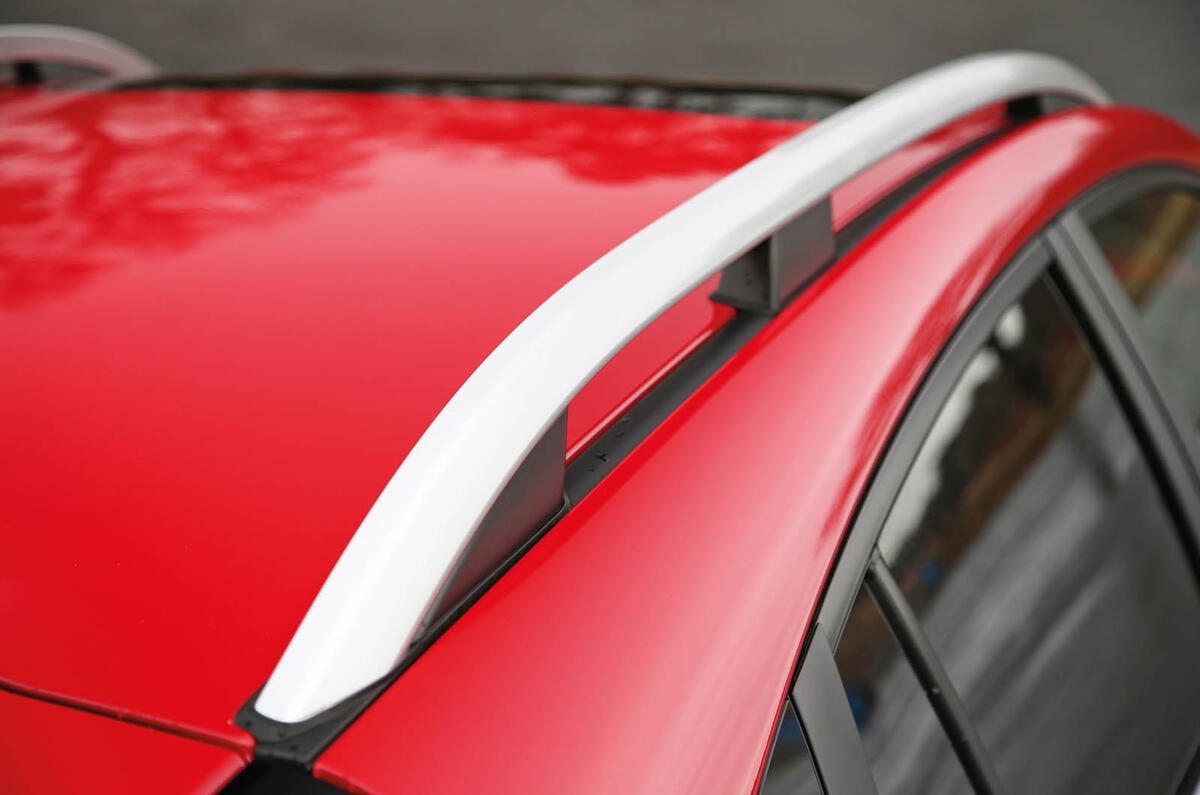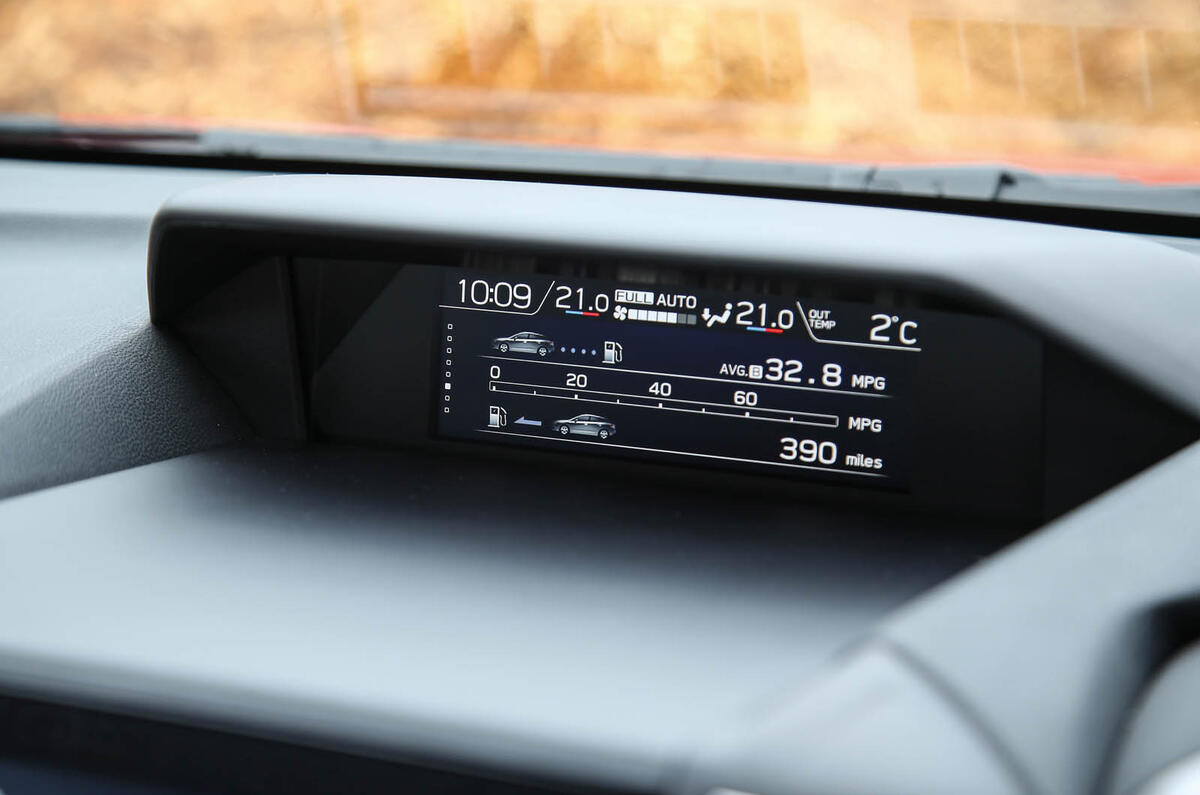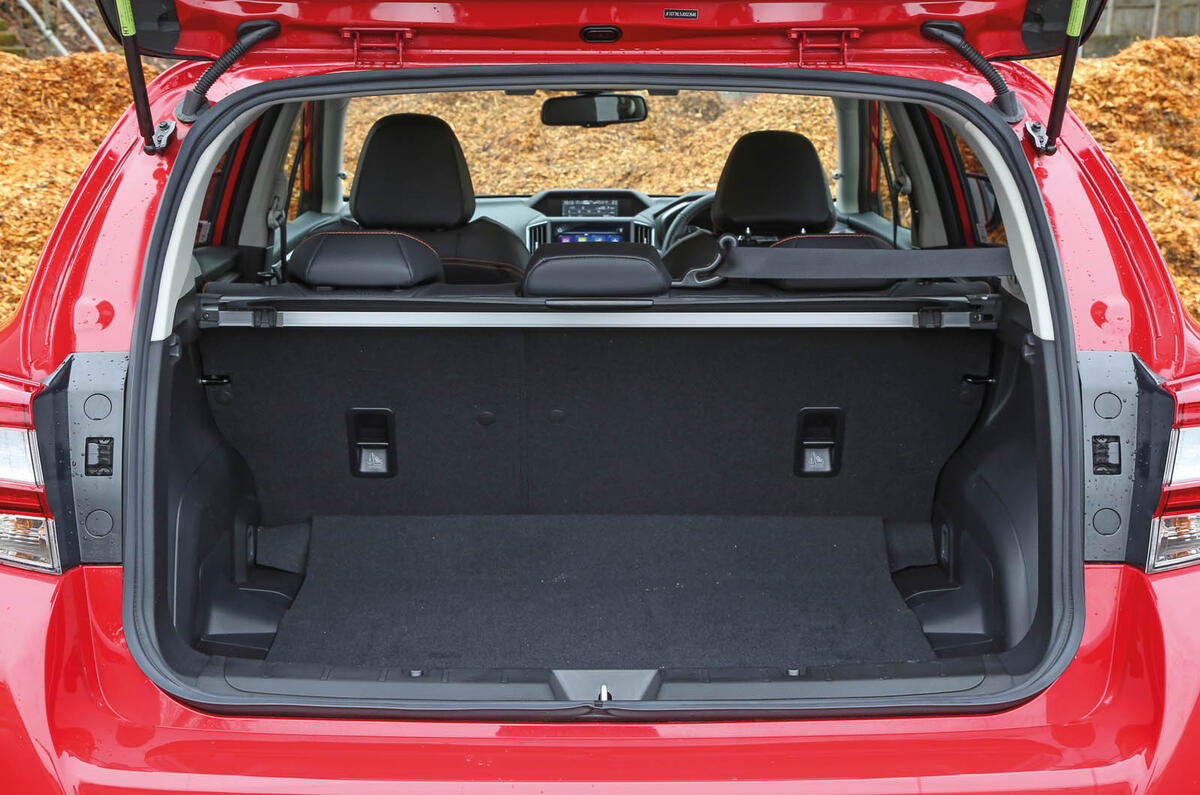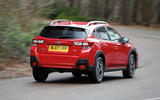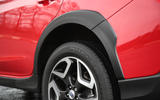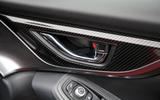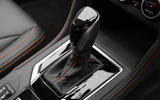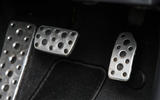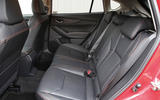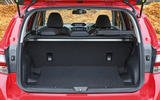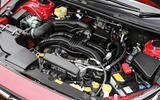Never is it pleasurable to open road-test proceedings on a gloomy note, but this week’s subject, the Subaru XV, arrives with its maker flailing for relevancy.
Subaru’s UK market share was just over a tenth of a per cent in 2016, and somehow that fell last year. Consider that the reason you see so few of these star-spangled Japanese cars is that no single model can drag itself into four-figure sales, although business in the brand’s homeland and the USA is much more healthy.
Here, though, it seems the only way is up.
Identifying a route is the difficulty, and so at a time when the Subaru WRX STi, with its rally-soaked heritage, faces a shaky future – one that doesn’t involve UK sales at all – perhaps it’s time to reassess what the definitive Subaru of today actually is. It is a car that almost certainly features a hatchback because, aside from the two-seater Subaru BRZ, whose shape was engineered for the purposes of the near-identical Toyota GT86, every car Subaru now builds does.
Does it have four-wheel drive? Of course it does. Subaru’s Symmetrical All Wheel Drive (SAWD) system first saw action as an optional extra on the Leone Wagon of 1972 – a pioneering development in the world of affordable road cars – and is part of the brand’s genetic code. As to whether it should enjoy a raised ride height, you could argue it either way, but, given current tastes, it wouldn’t do any harm.






